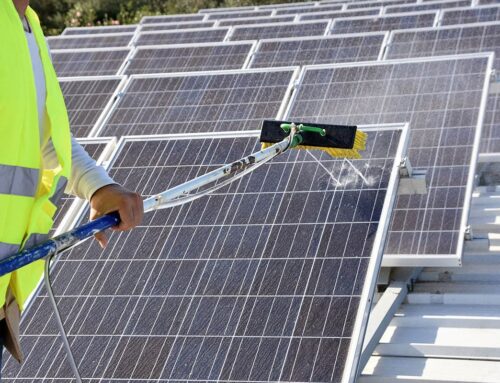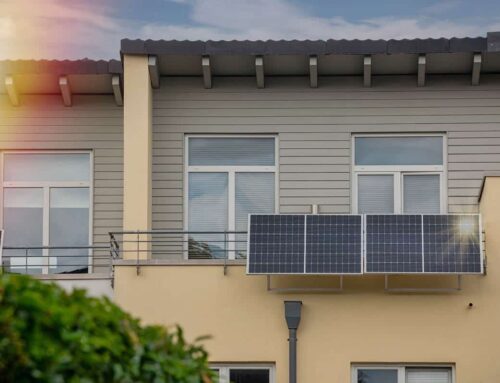Efficiency of solar cells – clear and concise
The yield of a photovoltaic system depends primarily on the efficiency of the solar cells used. But how is this value determined and what are the influencing factors? And above all: How do the various types of solar cells differ in terms of efficiency? We provide clarity.
What is efficiency anyway?
Solar cells are designed to convert sunlight into electrical energy. The efficiency with which they do this determines their efficiency: it indicates the ratio between the electrical energy emitted and the incoming light energy. If the quotient of these two values is = 1, 100 % of the light energy is converted into electrical energy. However, this maximum value can of course never be achieved in practice.
Typical efficiencies of solar cells
Currently, solar modules are mostly made of silicon. A distinction is made between monocrystalline and polycrystalline silicon. And as is often the case, the better is also the more expensive: Monocrystalline modules achieve an efficiency of 20 to 22 %, while the cheaper modules made of polycrystalline silicon only have an efficiency of 15 to 20 %.
Even lower are so-called thin-film modules, in which amorphous (non-crystalline) silicon is vapour-deposited onto a substrate – easy to produce, but only suitable for large areas with an efficiency of less than 10 %.
Factors influencing the efficiency
In addition to the design-related factors (above all current losses at the boundaries of the crystal surfaces), external conditions also play a role; above all the temperature of the modules and the wavelengths of the light spectrum that can be processed. And it is precisely these factors that determine that a solar cell made of monocrystalline silicon can theoretically only achieve 33 % efficiency.
However, this limit can be overcome: Modules with an efficiency of over 40 % have currently been developed. They contain several layers for the different areas of the light spectrum: light that is not converted reaches the layer below and is processed there. Expensive, but very effective!
How much actually arrives?
A complete photovoltaic system always has a lower efficiency than the bare solar cells. This is because the losses of all components such as inverters, cables etc. add up to 4 % and more. At BAETZ Energy, we plan systems with elements that are perfectly matched to each other and to the intended use.
Is efficiency equal to output?
Now we know how to determine the efficiency of a system. But does this also correspond to the output we get? No, because this – and therefore the nominal yield – depends not only on the (system-internal) efficiency, but above all on the available surface area. And the actual yield in the operator’s wallet is also influenced by external factors such as module tilt, orientation, ambient temperatures and, of course, above all, solar radiation.

So:
Although the efficiency of the modules is an important factor for the efficiency of a photovoltaic system, it is by no means the only important factor. And to get the maximum yield from every project with minimum input, you need professionals like those at BAETZ Energy.





